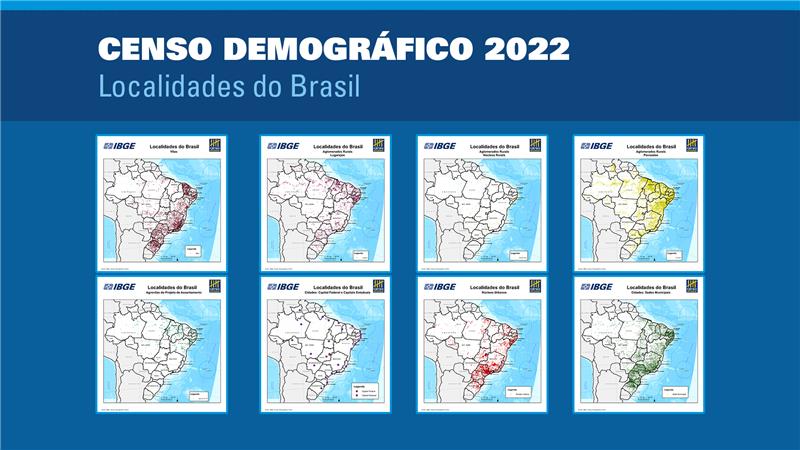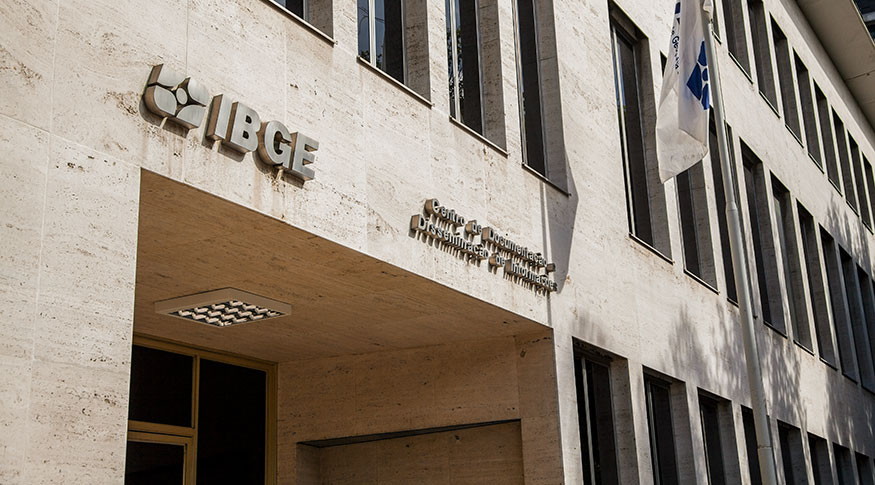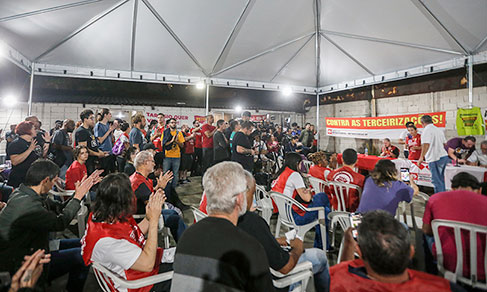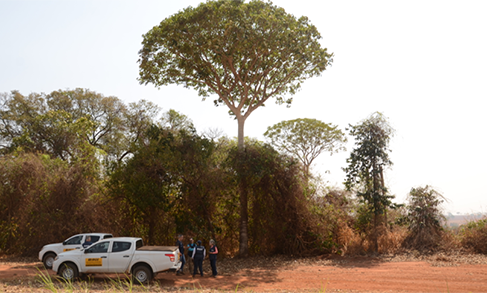Industrial output drops in nine out of 15 places surveyed in May
July 12, 2024 09h00 AM | Last Updated: July 15, 2024 12h06 PM
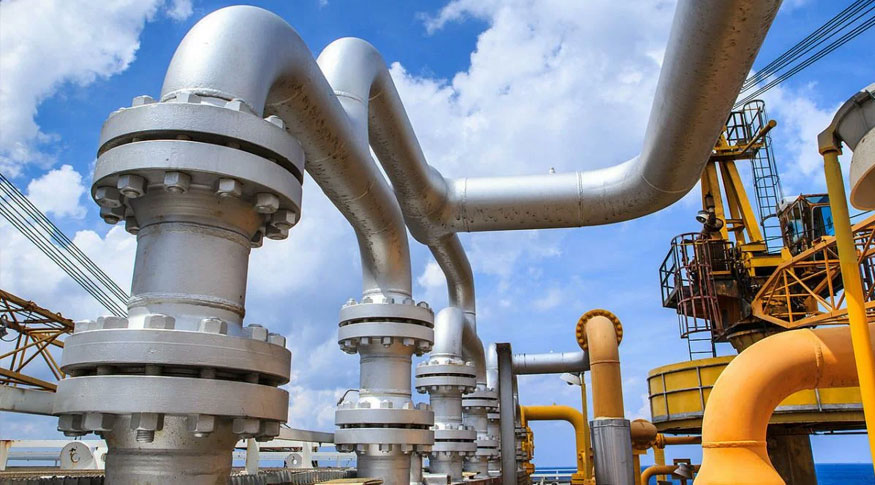
Between April and May, the Brazilian industrial output retreated 0.9%, with a retraction in nine out of 15 places surveyed by the Regional Monthly Survey of Industry (PIM). The steepest drops were registered in Rio Grande do Sul (-26.2%) and Espírito Santo (-10.2%). Compared with May 2023, industry fell 1.0% and negative rates were reported in seven out of 18 places surveyed. On the other hand, the cumulative index in 12 months rose 1.3%, with 12 out of 18 places surveyed showing positive figures. The data were released today (12) by the IBGE.
"It is the second consecutive negative result of industry, accumulating a loss of 1.7% in this period. Macroeconomic factors have been impacting on the industrial output. Despite the improvement in the labor market, with a reduction in the unemployment rate and an increase in the average earnings of workers, interests remain at a high level. It makes credit more expensive, directly hitting the productive chain on the supply side, as well as affecting the available income of families, retracting the consumption. Inflation influenced as well," explains Bernardo Almeida, an analyst of the Regional PIM.
The highlight in May was the strong drop in Rio Grande do Sul industry (-26.2%), after three months of positive figures, with a cumulative gain of 9.5%. It is the most intense negative rate ever registered in the time series, even surpassing that recorded in the beginning of the pandemic, in April 2020 (-20.5%). It is mainly due to the impact caused by floods in the state. A number of sectors contributed to the negative behavior of Rio Grande do Sul industry, like petroleum products; chemicals; motor vehicles; food products; leather, traveling goods and footware; tobacco products; machinery and equipment; fabricated metal products; basic metals; and beverages. Rio Grande do Sul represents 6.8% of the national industry.
"Several industrial plants have been either completely or partially shut down, as well as the industrial activity in Rio Grande do Sul has been jeopardized by many logistics difficulties. To have an idea, industry in Rio Grande do Sul is 34.5% below the peak of the production, obtained in September 2008. This is the second worst output level of the industry in the state, only behind the result in April 2020," states Almeida. Industry in Rio Grande do Sul is 23.8% behind the pre-pandemic level.
Espírito Santo ranked in the second position of the biggest drops in the industrial output (-10.2%). Mining and basic metals were the major responsible sectors for the negative figure. The performance of the Espírito Santo industry offset the growth of 2.6% obtained in the previous month and it was the most intense rate since July 2022, when it dropped 18.4%.
As the largest industrial park in Brazil, São Paulo registered a negative change of 0.2% between April and May. "The sectors of motor vehicles and of electrical machinery and apparatus were the ones that mostly influenced the behavior of the São Paulo industry. This result comes after the advance of 1.9% in the previous month and leaves the São Paulo industry 1.6% above the pre-pandemic level," highlights Almeida.
On the high side, Pará (12.6%) and Bahia (8.2%) recorded the most significant rates. Mining and food sectors were the major responsible for the performance of the Pará industry. Therefore, Pará offsets most of the negative figure obtained in April this year (-12.7%). It is the most significant growth of the Pará industry since September 2023 (17.1%). On the other hand, Bahia had petroleum products, chemicals and food products as its highlights. The Bahia industry grew once again after the retreat of 4.2% in the previous month.
Industry retreats in seven out of 18 places in the inter-annual comparison
The industrial sector fell 1.0% over May last year and, in regional terms, seven out of 18 places surveyed followed the negative result. It is worth reminding that May 2024 (21 days) had one less business day than the same month a year ago (22). The biggest retreat was registered in Rio Grande do Sul (-22.7%). Espírito Santo (-6.4%), Mato Grosso do Sul (-5.5%), Amazonas (-5.0%), Minas Gerais (-5.0%), Paraná (-2.1%) and Pará (-1.1%) dropped as well.
Conversely, Rio Grande do Norte (25.8%) was responsible for the most intense rise in May. The explanation for such performance comes from the activities of coke, petroleum products and biofuels (diesel fuel), manufacture of wearing apparel and accessories (women´s blouses, shirts and the like, and men´s breeches, bib and braces overalls, shorts and trousers) and food products (processed cashew nuts, ice cream and popsicles, and wheat flour).
Goiás (8.5%), Bahia (6.8%), Maranhão (6.8%), Santa Catarina (5.8%), Rio de Janeiro (5.0%), Pernambuco (3.5%), Northeast Region (3.1%), Ceará (2.6%), Mato Grosso (2.3%) and São Paulo (0.7%) were the other places that advanced in this comparison.
More about the survey
The Regional PIM has been producing short-term indicators since the 1970s regarding the behavior of the real product from mining and quarrying and manufacturing industries. It brings monthly indexes for 17 Federation Units whose share are at least 0.5% of the total value added of the national industry and for the Northeast as a whole: Amazonas, Pará, Maranhão, Ceará, Rio Grande do Norte, Pernambuco, Bahia, Minas Gerais, Espírito Santo, Rio de Janeiro, São Paulo, Paraná, Santa Catarina, Rio Grande do Sul, Mato Grosso, Goiás and the Northeast Region.
The results of the survey can also be viewed on Sidra, the IBGE database. The next release of the Regional PIM is scheduled for August 8.












